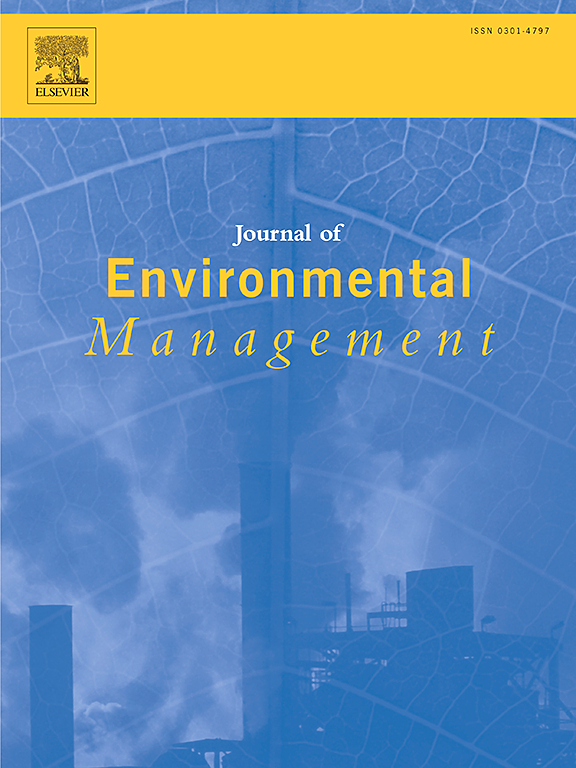Modeling the impact of surface water abstractions and climate on the ecological quality and recreational potential of a stratified lake
IF 8
2区 环境科学与生态学
Q1 ENVIRONMENTAL SCIENCES
引用次数: 0
Abstract
Lakes fulfill essential functions for people and nature, but at the same time are being heavily impacted by human pressures and the climate in this era. In this study we modeled the impact of three surface water abstraction rates in the epilimnion for drinking water purposes in combination with climate change on the ecological quality and the recreational potential of a quarry lake in The Netherlands. Our results show that the highest surface water abstraction rate (1.36 m3/s) - related to the estimated abstraction rate for 2040 - would substantially change the ecological quality of the lake. Specifically, this surface water abstraction rate caused a threefold extension of the period of hypoxia in the hypolimnion and a reduction of the phytoplankton summer bloom as compared to the baseline. Simultaneously, the reduction of cyanobacteria in the lake due to the surface water abstraction would improve the lake's suitability for recreation, as the risk of harmful blooms becomes negligible. The two lower surface water abstraction rates showed results in between the no-abstraction and the high abstraction rate results. When considering only the changes in the climate between 2010 and 2050, we found that the lake's ecological quality would decrease, mainly due to prolonged hypoxic conditions. However, the recreational potential remained relatively unchanged due to climate change. Overall, our findings indicate that surface water abstraction, in particular at the highest rate, would have a more profound impact on the lake than the projected climate change. Our study highlights the importance of including local water management strategies, such as surface water abstractions, in future water quality simulations.
模拟地表水抽取和气候对分层湖泊生态质量和娱乐潜力的影响
湖泊为人类和自然发挥着重要的功能,但同时也受到人类压力和气候的严重影响。在这项研究中,我们模拟了荷兰一个采石场湖泊的生态质量和娱乐潜力在气候变化的影响下,以饮用水为目的的三种地表水抽取率。我们的研究结果表明,最高地表水采取率(1.36 m3/s)——与2040年的估计采取率相关——将大大改变湖泊的生态质量。具体来说,与基线相比,这种地表水的抽取率使低含水区缺氧期延长了三倍,并减少了浮游植物夏季华。同时,由于地表水的抽取,湖水中蓝藻的减少将改善湖泊的娱乐适宜性,因为有害藻华的风险变得可以忽略不计。两个较低的地表水抽取率显示了介于不抽取和高抽取率结果之间的结果。仅考虑2010 - 2050年的气候变化,我们发现湖泊的生态质量将下降,主要是由于长时间的缺氧条件。然而,由于气候变化,休闲潜力保持相对不变。总的来说,我们的研究结果表明,地表水的抽取,特别是以最高的速率,将比预测的气候变化对湖泊产生更深远的影响。我们的研究强调了在未来的水质模拟中包括地表水提取等当地水管理策略的重要性。
本文章由计算机程序翻译,如有差异,请以英文原文为准。
求助全文
约1分钟内获得全文
求助全文
来源期刊

Journal of Environmental Management
环境科学-环境科学
CiteScore
13.70
自引率
5.70%
发文量
2477
审稿时长
84 days
期刊介绍:
The Journal of Environmental Management is a journal for the publication of peer reviewed, original research for all aspects of management and the managed use of the environment, both natural and man-made.Critical review articles are also welcome; submission of these is strongly encouraged.
 求助内容:
求助内容: 应助结果提醒方式:
应助结果提醒方式:


